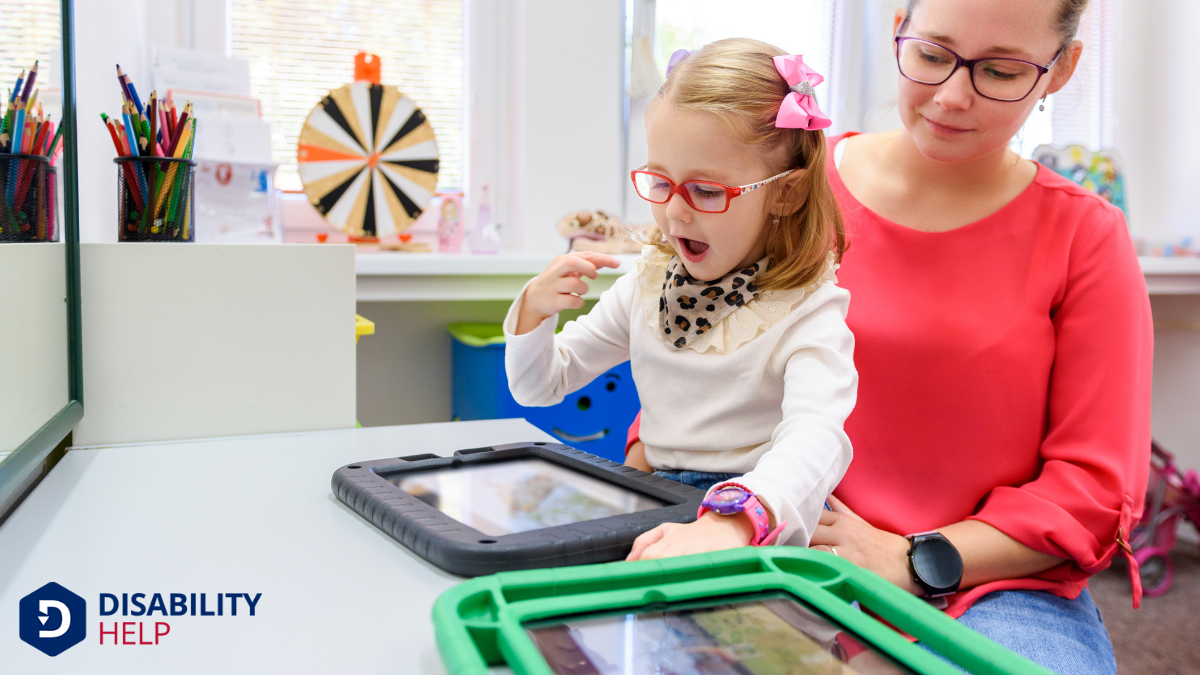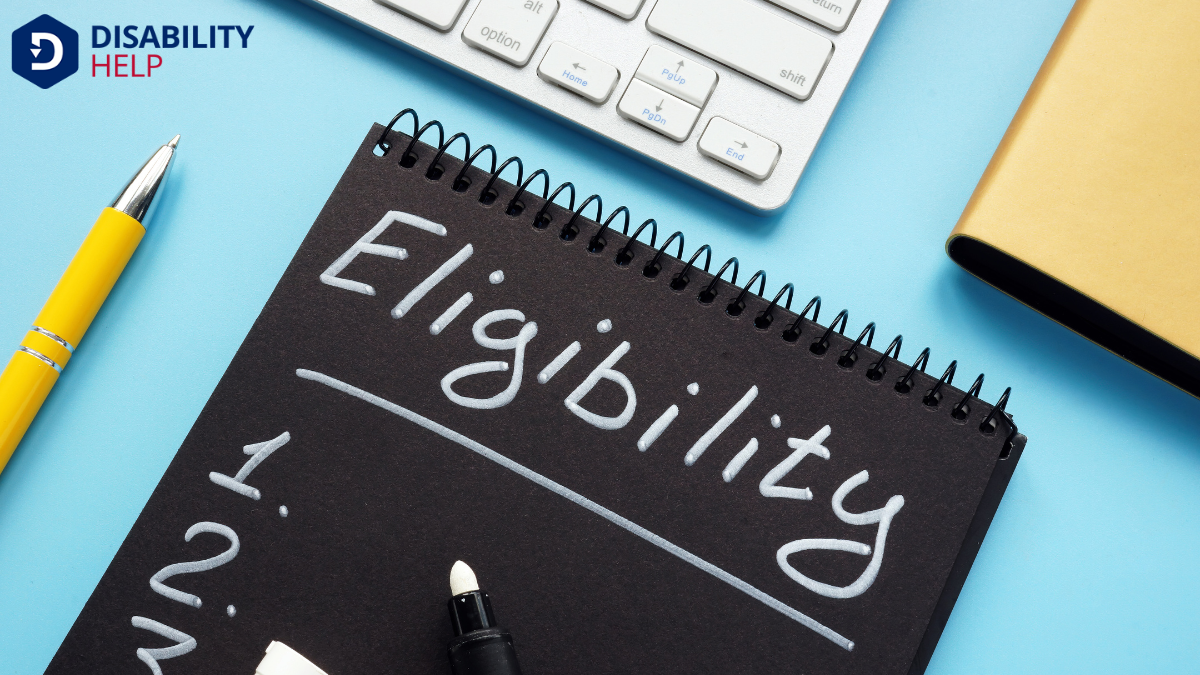When we think about who qualifies for an AAC device, we must consider the diverse range of individuals facing significant communication challenges. From those with cerebral palsy to individuals recovering from a stroke, these devices can be life-changing. A speech-language pathologist plays an essential role in evaluating each person's unique needs. But how do we determine who truly benefits from these devices, and what factors come into play? Let's explore these questions further.
Key Takeaways
- Individuals with speech and language impairments that hinder effective communication qualify for AAC devices.
- Those with developmental delays or neurological disorders impacting speech may need AAC for communication support.
- People experiencing articulation challenges or difficulty with language expression might benefit from AAC devices.
- AAC devices are suitable for individuals with physical limitations affecting traditional communication methods.
- Children and adults with cognitive delays impairing verbal communication can qualify for AAC support.
Understanding Speech and Language Impairments
How do we truly grasp the complexities of speech and language impairments? To understand, we must first acknowledge that these challenges are varied and unique to each individual.
They can stem from neurological disorders, developmental delays, or traumatic events. Some might struggle with articulation, while others face difficulties in language comprehension or expression.
It’s essential we recognize that these impairments aren't just about speaking; they involve understanding and processing language, too.
Types of AAC Devices Available

Communication tools have revolutionized the way individuals with speech and language impairments interact with the world.
Let's explore the types of AAC devices available. We can categorize them into two main groups: low-tech and high-tech. Low-tech options include picture boards and communication books, which don’t require electricity. They're simple but effective for basic communication.
On the other hand, high-tech devices, like speech-generating devices (SGDs) or dynamic display systems, use electronic technology to produce spoken language. These devices can range from simple apps on tablets to sophisticated dedicated devices that allow for more complex communication.
Each type serves different needs and preferences, providing individuals with the opportunity to express themselves in a way that suits them best.
Assessing Communication Needs
When evaluating someone's communication needs, we must consider several essential factors to guarantee they receive the best possible support.
First, let’s understand their current communication abilities and challenges. Do they struggle with speech clarity, or is understanding language an issue? We should also examine their social interactions and environments. Are they able to express themselves in various settings, like at home or school?
Next, let’s explore their personal goals and preferences. Would they prefer a device that’s portable and easy to use?
Finally, we need to assess any physical or cognitive limitations that might affect device usage. By carefully evaluating these factors, we can help tailor an AAC solution that effectively meets their unique needs and enhances their communication skills.
Role of Speech-Language Pathologists in Evaluation
While evaluating someone's need for an AAC device, it's crucial to understand the pivotal role speech-language pathologists (SLPs) play in the evaluation process.
They assess communication challenges by observing how an individual interacts in various settings. It's understood that SLPs analyze speech capabilities, language comprehension, and expression to determine the need for AAC support.
Their expertise helps identify the specific type of AAC system that might benefit the individual most.
Criteria for AAC Device Eligibility

To determine who qualifies for an AAC device, we must consider several key criteria that guide the decision-making process.
First, we assess an individual's current communication abilities and identify any significant limitations impacting their daily interactions. We look for challenges in using spoken language effectively, whether due to physical impairments or other factors.
Next, we evaluate the person's ability to understand and use symbols, which are essential for AAC usage. It's important that they can demonstrate a willingness to engage with the device.
We also consider the individual's support system, ensuring they've access to resources and assistance needed for successful AAC implementation.
Finally, we assess how an AAC device can enhance their overall quality of life, promoting independence and connection.
Impact of Developmental and Neurological Conditions
Developmental and neurological conditions greatly influence who qualifies for an AAC device. These conditions affect communication abilities in various ways, making AAC devices essential for those who struggle to express themselves verbally.
We must understand the specific nature of these conditions to determine eligibility accurately. For instance, individuals with these conditions often face challenges such as:
- Speech Impairments: Difficulty forming words or sounds can necessitate AAC devices.
- Language Comprehension Issues: Trouble understanding spoken language may require alternative communication methods.
- Motor Control Limitations: Physical challenges in controlling speech muscles can lead to a need for AAC support.
- Cognitive Delays: Delays in cognitive development might hinder traditional communication methods.
Importance of a Multidisciplinary Approach
Understanding the diverse needs of individuals with developmental and neurological conditions leads us to the importance of a multidisciplinary approach in determining eligibility for AAC devices. We must consider various perspectives to guarantee thorough assessments.
Speech-language pathologists, occupational therapists, and psychologists each bring unique insights that contribute to a holistic understanding of an individual's communication abilities and needs. By collaborating, we can identify the most suitable AAC solutions tailored to each person.
It's essential to involve family members and educators, as they offer invaluable observations from daily interactions. This team effort allows us to address potential challenges and enhance the individual's communication experience.
Together, we guarantee that AAC devices not only meet immediate needs but also support long-term growth and independence.
Conclusion
In summary, we must recognize the essential role AAC devices play in empowering individuals with communication challenges. Through careful assessment by a speech-language pathologist, we can guarantee that each person receives a device tailored to their unique needs. It's important to reflect on the impact of developmental and neurological conditions, as these shape communication goals. By adopting a multidisciplinary approach, we're able to support and enhance the quality of life for those who rely on AAC devices.






